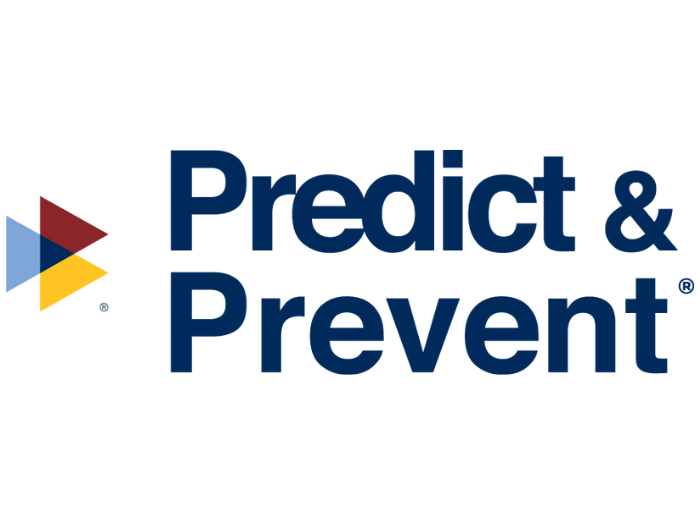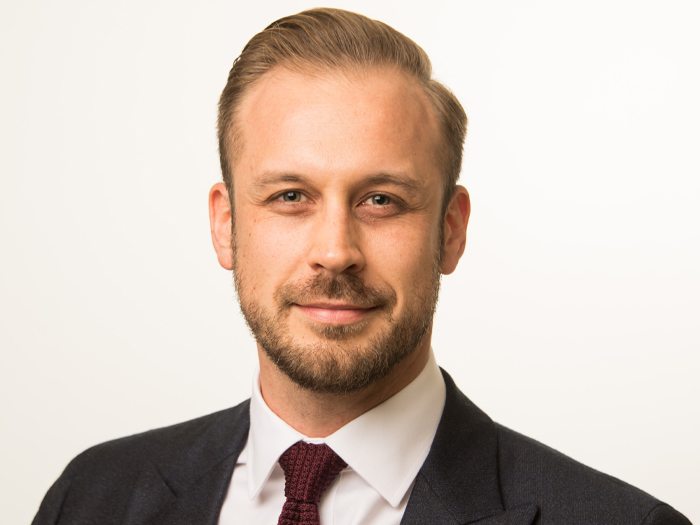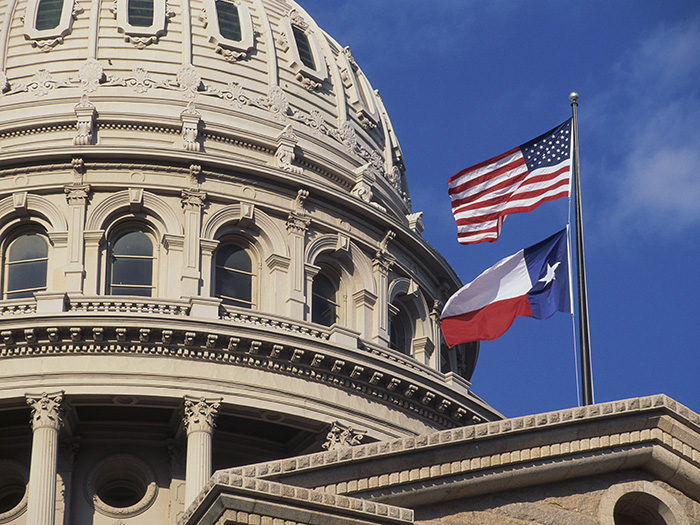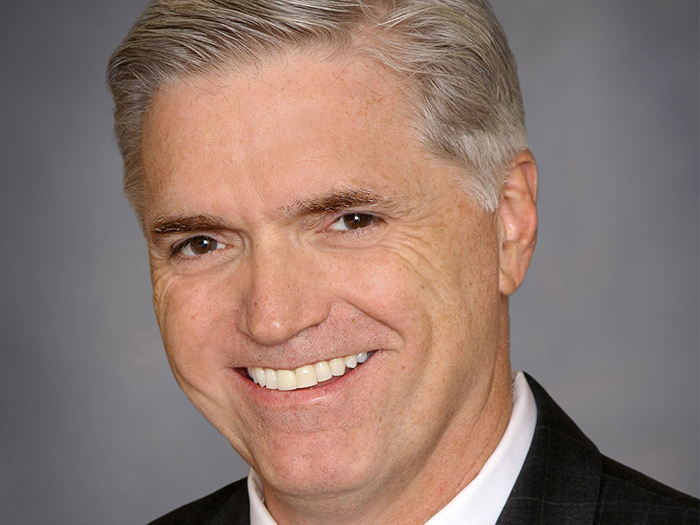IBHS’s Roy Wright on Natural Peril Property Resiliency, Part 2
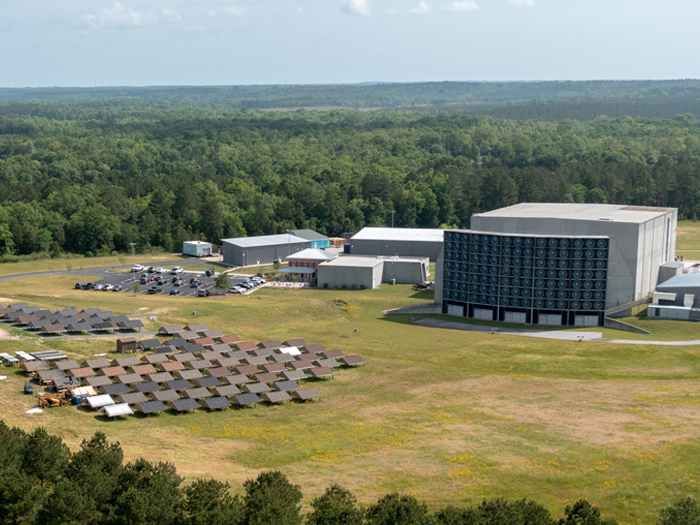
In Part 1 of our interview with Roy Write, the Insurance Institute for Business & Home Safety’s president and CEO, we discussed IBHS’s history and relationship with the insurance industry, as well as its unique approach to testing buildings’ resilience to natural perils at full scale. Part 2 of our conversation, edited for clarity, continues below.
Risk & Insurance: I’m thinking of a specific video IBHS released showing two homes side by side, one fortified and one not. In high winds, the unfortified home essentially disintegrated. There are obviously research learnings that you can glean from experiments like that, but it also leaves a very strong impression in the viewer’s mind about whether or not putting research into practice actually works. How important is that piece?
Roy Wright: This is a piece that, over the last 15 years, has become a larger and larger part of our scientific work. Whether you’re an insurance company, a policymaker or an individual consumer, the science needs context and needs to be brought to life.
A video-driven set of images are worth more than 1,000 words. So I can publish report after report, or I can explain to you, “You need a continuous load path that keeps the entire home strapped together so that when 105- or 130-mile-an-hour winds come, you can withstand it.”
Yet when we capture the image of the house that is fortified in all of those dimensions — including, essentially, the roll-cage straps that keep everything together — and you see it next to the house without them, and you watch [the unfortified house] fly out the back door of the test chamber, the science just became convincing.
For our engineers, they’ll tell you, “It was already clear. I already showed you those pieces.” Yet when you put the image to go alongside the scientific findings, you can really drive action.
And at our core, IBHS needs to take that top-tier science and translate it into action that will prevent the avoidable part of the damage. I can’t stop the tornado. I can’t even stop the ignition of the wildfire or the hurricane that is coming. But we do know enough to narrow the path of destruction. And for us, it is about that science, but it also has to be translated into specific actions that people can take.
Progression of Damage During Storms, courtesy Insurance Institute for Business & Home Safety.
R&I: How does that process work?
RW: All of our learnings will end up in one of two lanes. [The first lane] supports work that has to do with new builds, and the second lane is related to retrofits.
In the new build space, some of that needs to be provided to architects and builders and other kinds of policymakers. Much of it belongs in the building codes, whether that’s the residential code or the International Building Code related to commercial structures. And that piece is absolutely critical.
Yet more than 99% of Americans are going to live in a place that was already built more than five years ago. So we have to lay out, what are the incremental pieces you can take to retrofit, to upgrade, to make your home or the business that is housed in some commercial structure — how do you make it more durable?
And so, in each of those cases, some of it just goes directly into codes. Others go into how-to guides. Some of this is provided directly to consumers. Some of this is done through designation programs, like our FORTIFIED program for roofs and new structures, as well as our Wildfire Prepared Home designation.
And then there’s this line that is just about consumer education. IBHS pushes some of that out, whether that’s through traditional media or social media.
The vast majority of it, though, is pushed out through our member companies, who take the elements, and they have channels and conduits to meet their customers.
R&I: That actually speaks to my next question: What’s the benefit for the organizations that are funding this research — the insurers?
RW: First and foremost, our insurers are supporting a public good. We are a public purpose organization, and they are all deeply committed to that — as good corporate citizens but also knowing that when their consumers understand those pieces, they are better off.
The broader information, though, is also very useful to the insurer as they work individually on their underwriting and pricing. From an antitrust perspective, we don’t get into the specifics of it, but we’ll provide those data; we’ll provide those kinds of insights on the physical performance of structures under certain circumstances, and then companies individually can take those elements and put it directly into their products. Those are choices they have to make on their own, but we serve those dimensions.
Insurers want a marketplace where customers understand what is good and right. How do you make the structure more durable, more resilient? And that helps improve and bend down the risk curve, and that makes things more attractive for everyone. That’s not just in insurers’ best interest; it’s also in the broader public’s best interest.
R&I: Is the industry as a whole doing a sufficient job of predicting and preventing property loss?
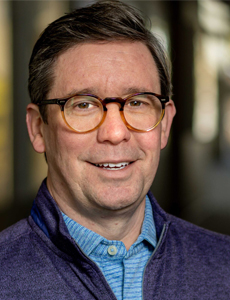
Roy Wright, president and CEO, Insurance Institute for Business & Home Safety
RW: I think the property insurance industry is making the investments to understand why it’s happening and how it’s happening. And they’re clearly making investments to make sure that people could be aware of it. So I think the investments are very clearly there. And these are investments that are made exclusively by the property insurance industry in a way that no one else would choose to do it.
I think that we would all acknowledge that there’s a gap between what’s known in the science and the willingness of builders, developers and homeowners to then apply it. Think about building codes: We know how to build, but only 35% of American jurisdictions have adopted codes that are enforced. How can that be?
We know how to make a roof more resilient; it costs an extra $500 at the point of reroofing, yet it’s not the default. We know how to address defensible space and how that would truly limit the number of ignitions of homes that happen, yet we’re still putting landscaping right up next to homes out west.
So I do think that there are pieces in front of us — and we still have more scientific work to be done — but collectively, as an industry, the big gap is, how do we translate this into the nudges that will get builders, developers, homeowners and consumers to spend their money and actually do that?
Yes, it buys down the risk, but that risk may still be five, seven or 12 years down the road. So we have a near-term bias — we have a recency bias to our experiences, and we have a very near-term bias related to how we’re willing to spend our money, just hoping that the disaster won’t come our way.
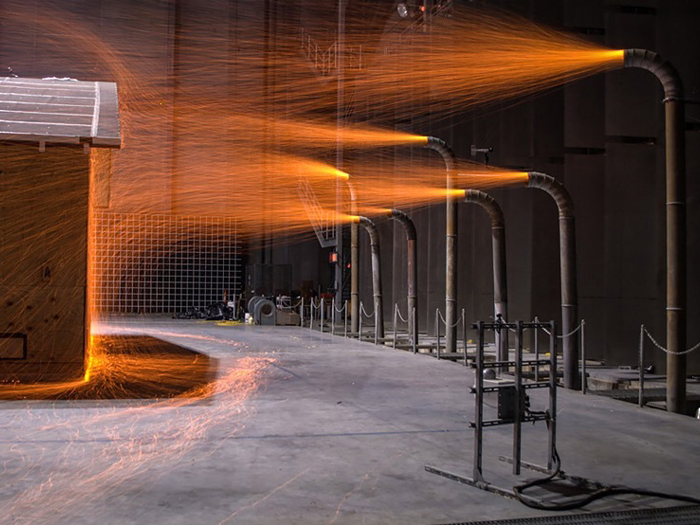
Inside its test chamber, IBHS can recreate the conditions of a wildfire ember storm and test structures’ ability to withstand ignition. Image courtesy of Insurance Institute for Business & Home Safety.
R&I: Is there not a role for insurers, though, to encourage the adoption of these safety measures?
RW: I just want to be careful in this space: Risk-based pricing goes two directions. This is just a fundamental principle of actuarial practices and underwriting. As risk grows, there’s a price consideration. And if you can limit or narrow the risk, there’s a price consideration.
So as competitive as the property insurance industry is, while sometimes there’s something explicitly called a discount, there’s always an element in there that’s looking at the risk.
And I think the pricing considerations are an important nudge. I think there’s no better risk communication tool than a pricing signal — in either direction. But it’s just one element. When we lead consumers to somehow think that there is a one-for-one relationship between their premium and the dollars they need to invest, we mislead them.
You can take some actions related to defensible space on your home that may cost you a few thousand dollars to implement, and if you save a couple hundred dollars this year on your premiums, you go, “Well, where’s my payback?”
And I would tell you that your greatest payback is that your family’s not going to be displaced and your life’s not going to be disrupted. And there’s an economic connection as well, but we’ve got to take a more holistic view of that, and not an exclusively premium-to-mitigation-dollar correlation.
R&I: What’s next on IBHS’s agenda?
RW: There’s a lot more advancements to come on roofs. Clearly, that is the primary vulnerability that we see in homes. It is the point of cascading failure. So as we look at the age performance of roofs against severe convective storms, hurricanes, high wind and hail, there’s some really big advancements that are in front of us in that space.
On the wildfire side, we need to see a shift in our structure-based understanding. [There’s] a big education piece in front of us, and then this move toward understanding wildfire risk at the community scale, where conflagration occurs and those gigantic losses occur.
Also, to look at elements on manufactured homes; for so many Americans, that is affordable housing. What would it look like to see manufactured and mobile homes perform in a more resilient way?
And then, I think, given broader society’s understanding of climate and how it’s driving more severe events and the frequency of them, there’s a really big gap we have to fill so that people take their understanding about what’s happening around them and then are willing to make the investments to make their homes more durable. &





